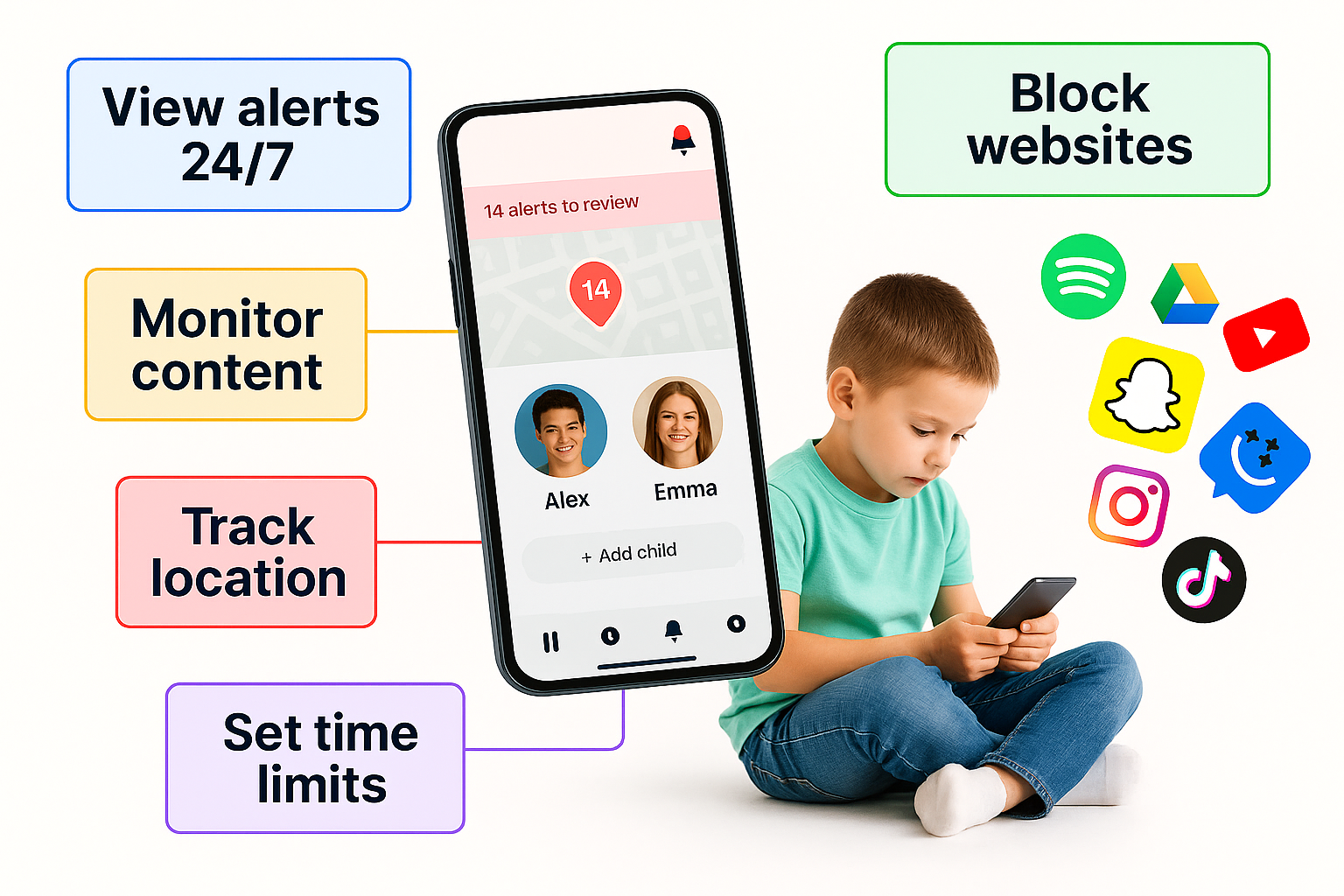New Wave of Kid-Friendly Smartphones Aims to Tackle Online Risks
A recent survey found that one in five secondary school students has felt pressured into sharing explicit images of themselves, highlighting the increasing risks young people face in the digital world. The study also revealed that 41% of teachers consider image-sharing a growing issue, with many schools handling such cases in the past year.
These findings have sparked growing interest in child-safe smartphones designed to shield young users from harmful online content.
Built-In Protection, Not Just Apps
Unlike standard phones that rely on downloadable parental control apps, these new devices integrate safety features directly into the operating system. This means filters and monitoring tools can’t be removed, giving parents greater confidence that protections will stay in place.
Some models now include AI technology capable of blocking nudity and sexual content in real time—preventing it from being viewed, created, or shared. In trials, such systems have achieved accuracy rates of around 90%, making them a significant step forward in digital safety.
Growing Market for Safer Devices
Manufacturers are responding to parents’ concerns by designing phones that start out with only the basics—calls, texts, and GPS tracking. As children grow older, parents can gradually unlock more features, allowing freedom to increase in step with maturity.
Several companies have already launched products in this category, including Pinwheel, Bark, and Sage. Each takes a slightly different approach, but all share the same goal: reducing exposure to harmful material while encouraging healthy device use.
Children’s advocates warn that exposure to adult content is happening at younger ages than ever before. Some reports indicate that children as young as six have stumbled upon pornography. Regulators have also raised concerns about workarounds, such as VPNs, that let minors bypass age-verification rules.
Against this backdrop, safer smartphones are emerging as a practical tool for parents who want to give their kids independence without sacrificing security.
As concerns about digital risks continue to grow, kid-friendly phones are likely to play a bigger role in how families manage technology. They offer a middle ground—enabling communication and connection, while keeping harmful content at bay.

